Start from Tokyo Skytree Station and go up to Tokyo Skytree to enjoy the view. After seeing the Sonofu Museum and Mimeguri Shrine, cross the Kotoibashi Bridge and go to Sumida Park. Let’s walk to Asakusa Station while enjoying the view of the Sumida River.
- Time required: 5 hours 31 minutes
- Walking time: 31 minutes (2.4 km)
- Number of steps: 3100 steps * Not included in the building
Tokyo Sky Tree Station
Tokyo Sky Tree Station is the Tobu-Isesaki Line station “TS 02” in Sumida Ward. As the station name suggests, it is the closest station to Tokyo Sky Tree and is directly connected to the station.
It is also adjacent to Oshiage Station (in front of Sky Tree). The station numbers are Keisei Electric Railway “KS45”, Asakusa Line “A 20”, Hanzomon Line “Z 14”, and Tobu Railway “TS 03”.

Tokyo Sky Tree (60 minutes)
Tokyo Sky Tree is a radio tower in Sumida Ward and is one of the landmarks of Tokyo. It opened in May 2012 as a radio tower and tourist facility.
There are aquariums and dome theaters centered around the three facilities of “Tokyo Skytree,” “Tokyo Solamachi,” and “Tokyo Skytree East Tower, an office facility.”
The height of 634m is the highest in the world as an existing radio tower, surpassing 628.8m of the KVLY-TV tower (USA), which is a branch-type steel tower. It is the second largest man-made structure in the world after Burj Khalifa (Dubai) at 828m.
It consists of the first observatory with a height of 350m and the second observatory with a height of 450m. The photo above is the heavenly deck of the first observatory.
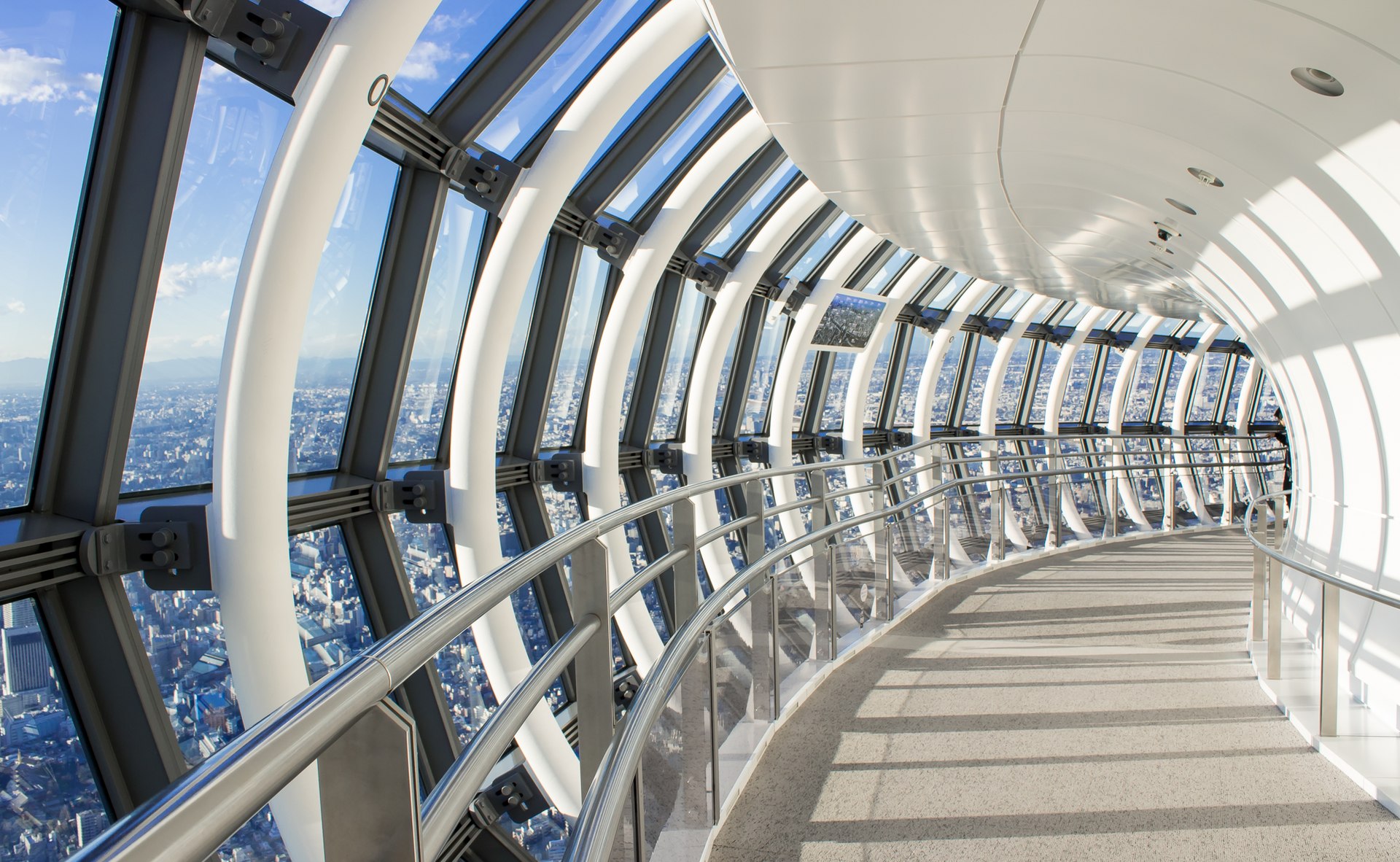
It is the Tembo Corridor of the second observatory.
Tokyo Solamachi (60 minutes)
Tenants will move into the 3rd basement floor, the 1st to 8th floors, and the 30th and 31st floors. The east side of the 1st floor is “Solamachi Shopping Street”, the west side of the 2nd floor is “Food Marche”, the west side of the 3rd floor is “Solamachi Tabe Terrace”, and the 6th and 7th floors are “Soramachi Dining”.
From limited edition items that can only be found here, to gift items that are perfect for gifts and souvenirs. Tokyo Solamachi has a variety of high-quality sweets that will surely make you and those around you smile.
Click here for details on the floor map
Baifu Museum (30 minutes)
The only folding screen specialty store in Tokyo, “Kataoka Byobu”. Do you know the folding screen? I’m sure there are big and luxurious folding screens like those used at weddings, folding screens with chicks and helmets, and so on.
Folding screens, which were introduced from China more than 1300 years ago, began to be used as furniture, but they have also become popular as works of art that people can enjoy seeing the pictures drawn with the times.
Ushijima Shrine (30 minutes)
Ushijima Shrine is an old shrine located on Mukojima, on the opposite bank of Asakusa. It was built in the Heian period, but it is also a unique shrine.
At the shrine, guardian dogs (komainu) usually sit in a terrifying form. It seems to have a meaning of amulet. At Ushijima Shrine, guardian cows are in the position of guardian dogs.
Sumida Folk Culture Museum (30 minutes)
Sumida Heritage Museum is a regional museum that introduces the history, culture, and traditions of Sumida Ward. It was opened in 1998 as a place to learn about the history of the hometown and to disseminate academic research.
In the exhibition room on the 1st floor, the history of Sumida Ward from ancient times to the present is explained from actual materials, photographs, panels, etc. In addition, special exhibitions are held regularly in the exhibition room on the 2nd floor, and special exhibitions are held in the exhibition room on the 3rd floor.
Mimeguri Shrine (30 minutes)
Mimeguri Jinja is a shrine located in Mukojima, Sumida-ku, Tokyo. The god of worship is Ukanomitama no Mikoto.
When the Mitsui family (Echigoya at that time) entered Edo, they thought that they would “surround the well”, that is, “protect Mitsui”, and named it the guardian deity. In the precincts, a lion statue that was in front of the closed Mitsukoshi Ikebukuro store was also donated, and there is a “Kenmei Reisha” that enshrines Mitsui’s ancestors.
Sumida Park (60 minutes)
It is a park along the Sumida River, and the left bank on the Sumida Ward side boasts an area of about 80,000 square meters on Mukojima 1, 2, and 5-chome. It is one of the best cherry blossom viewing spots in spring, and the Sumida River Fireworks Festival is held in summer.
The garden in the park is built using the remains such as the pond in Mito Tokugawa’s house. It is said that he lived here for generations until the mansion was completely destroyed after the Great Kanto Earthquake, but after that he was taken into the area of Sumida Park and transformed into a Japanese garden.
This park is planned alongside Hamacho Park (Chuo Ward) and Kinshi Park (Sumida Ward) under the leadership of Shinpei Goto as part of the reconstruction project for Tokyo, which was devastated by the Great Kanto Earthquake of 1923.・ It was maintained.
Asakusa Station
The Ginza line of Tokyo Metro and the Isesaki line of Tobu Railway are used. In addition, the Asakusa Line of the Toei Subway is on board, making it a connecting station. This station is the starting point for the Ginza Line and Isesaki Line. Station numbers for Ginza Line “G 19”, Isesaki Line “TS 01”, and Asakusa Line A 18 are set.


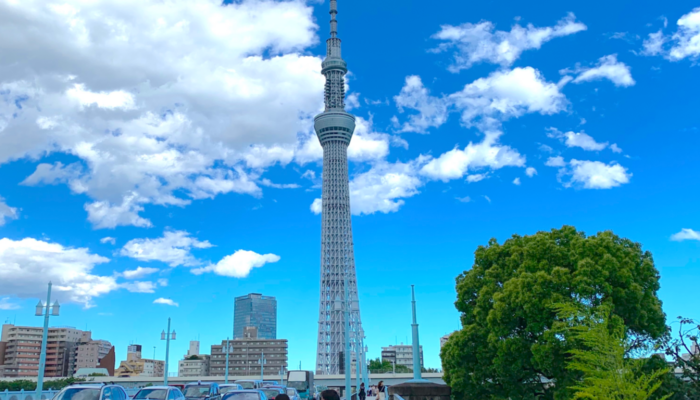
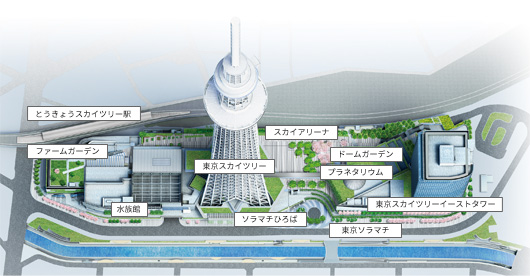
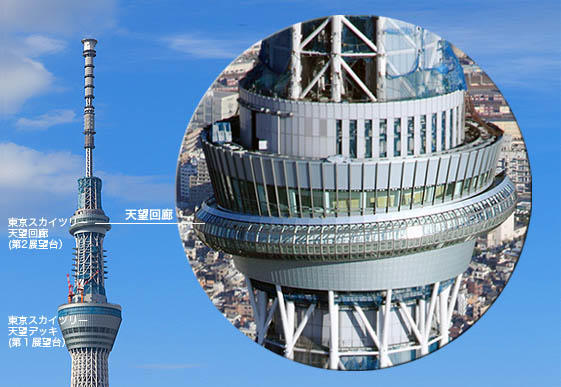

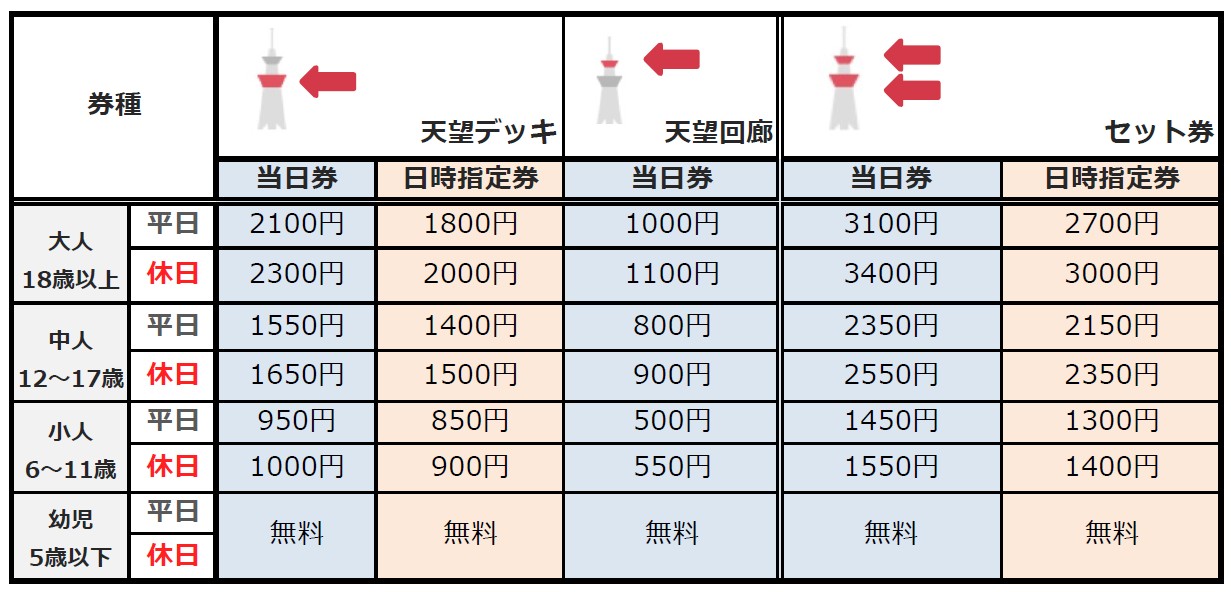

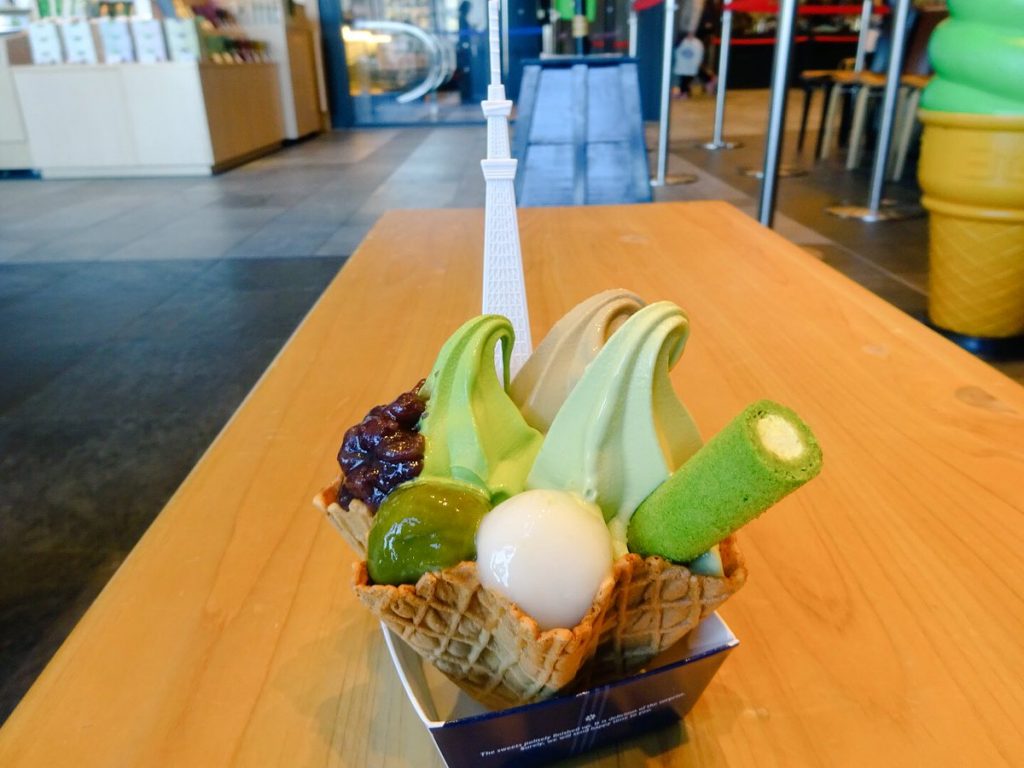

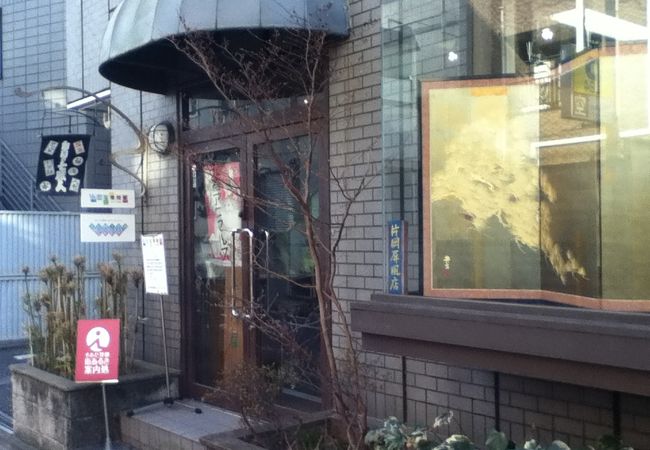
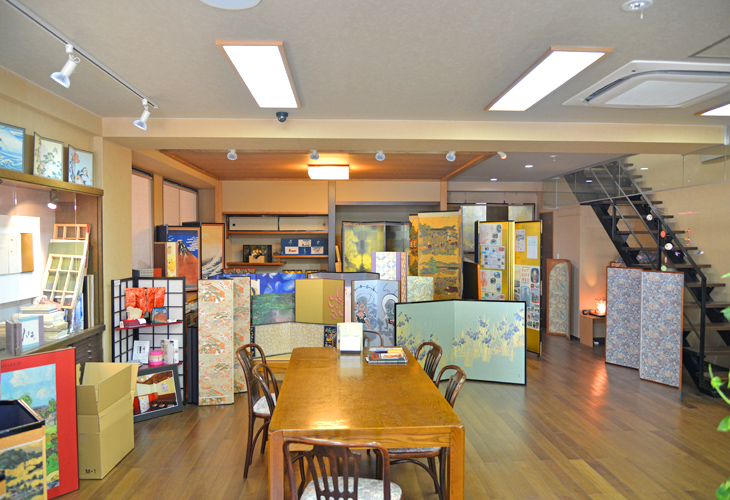
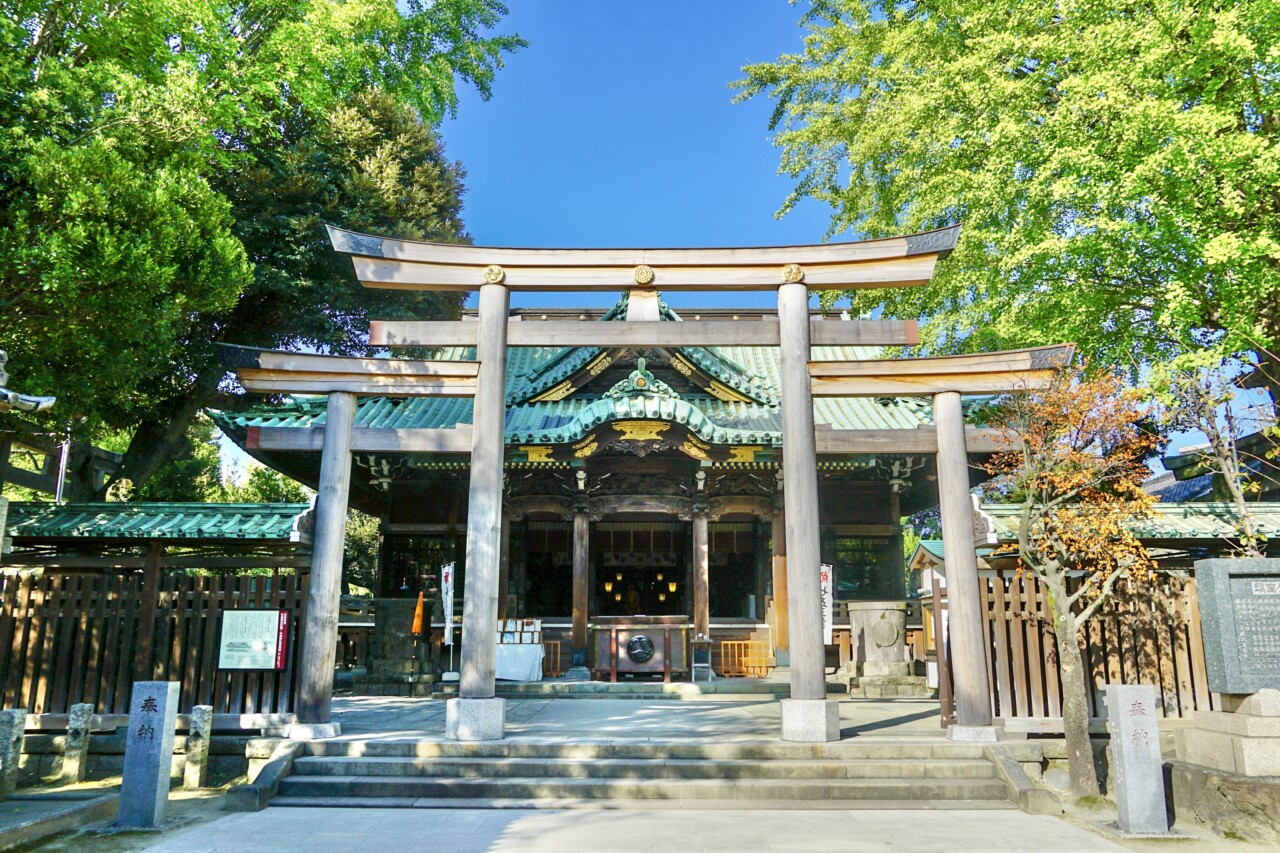


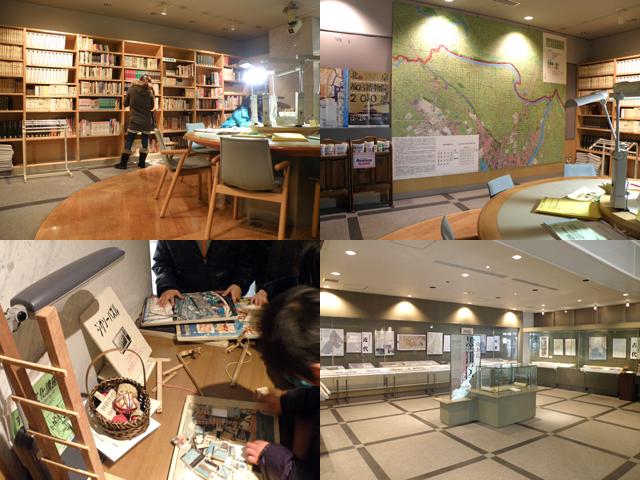
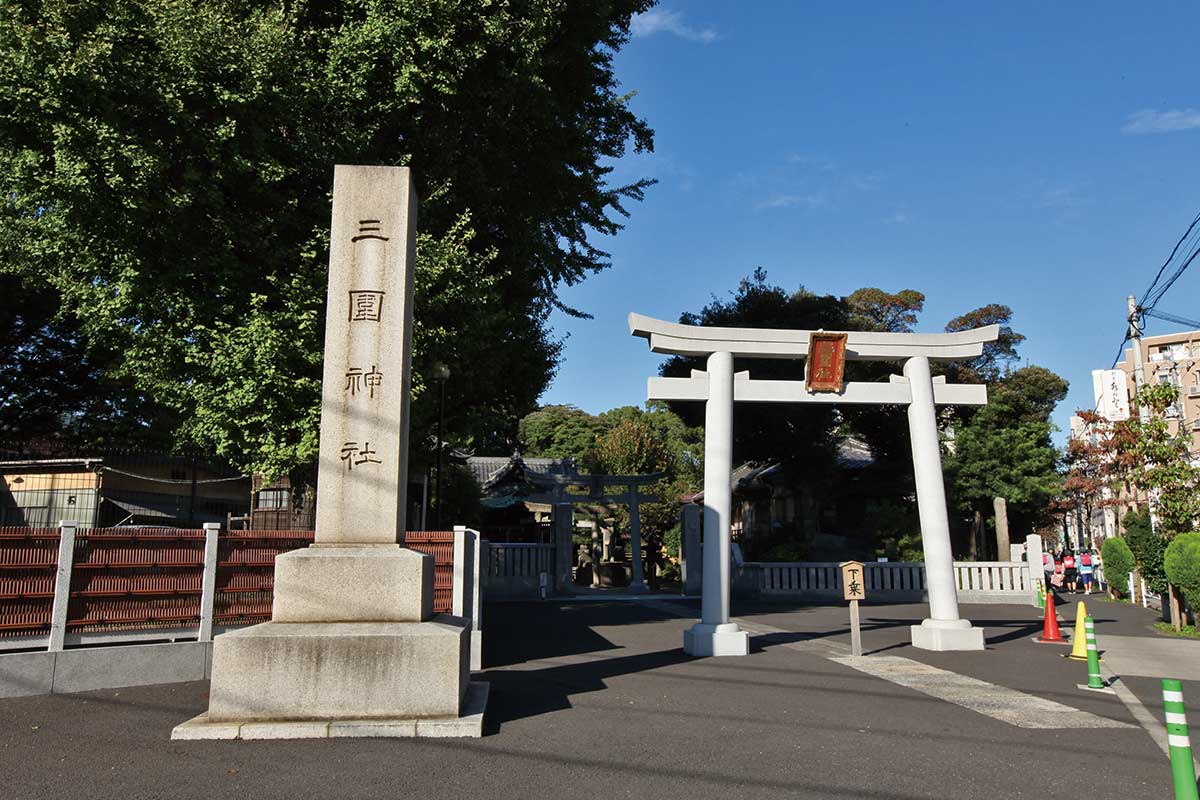
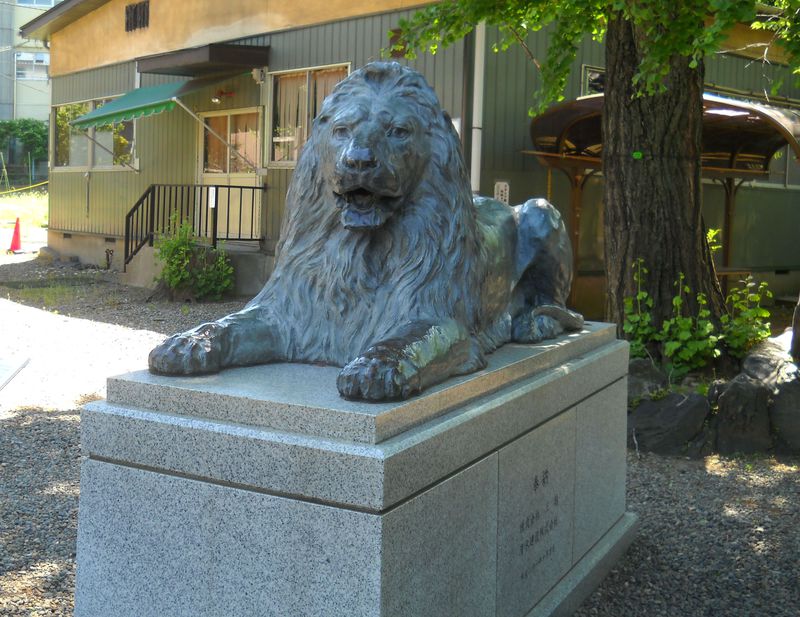
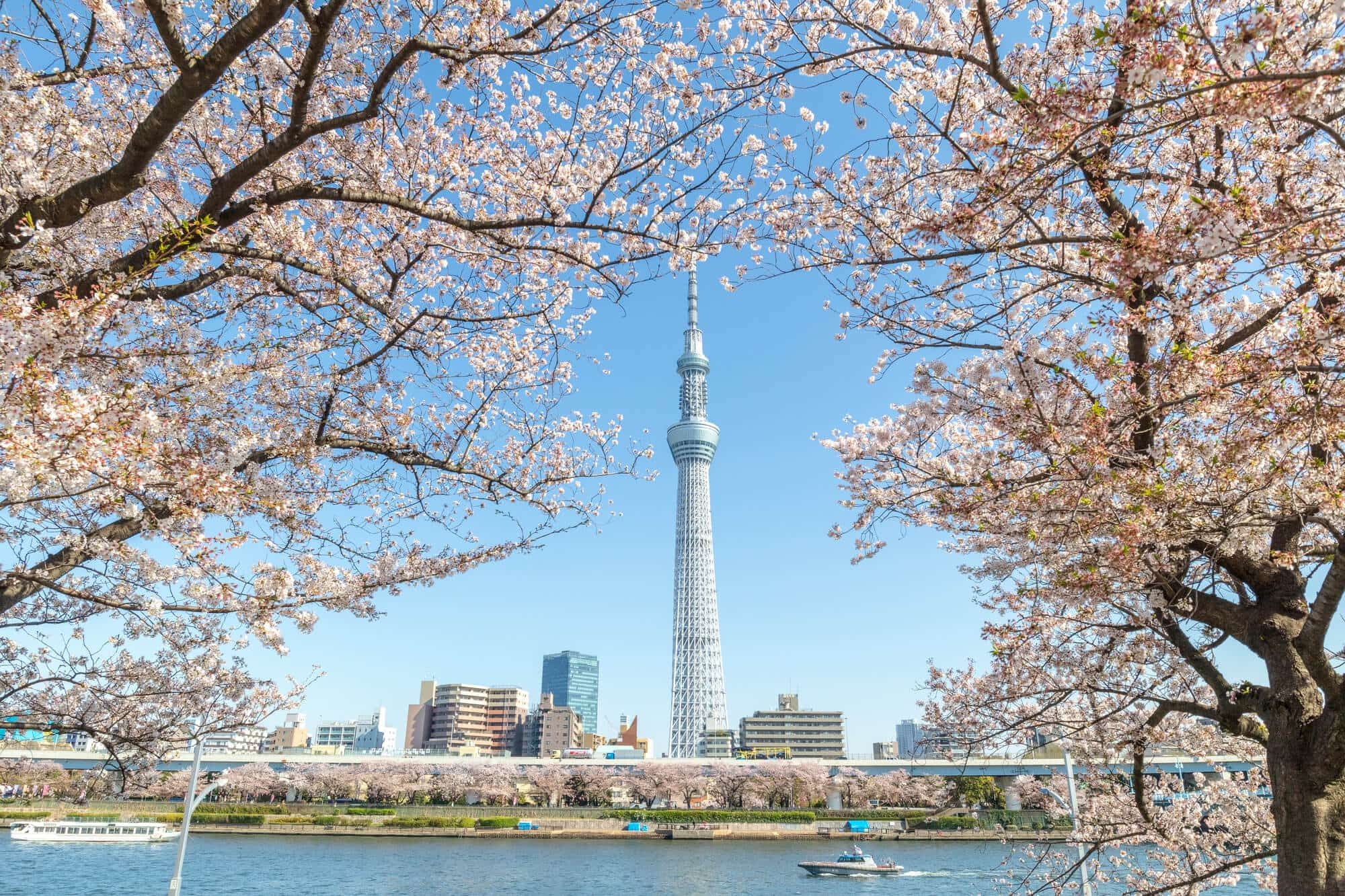
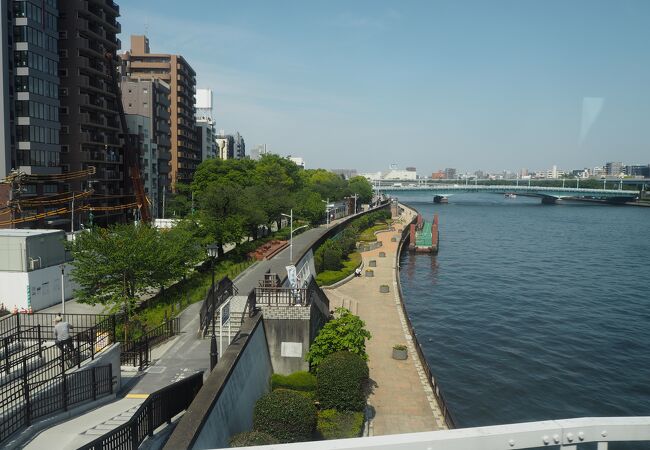

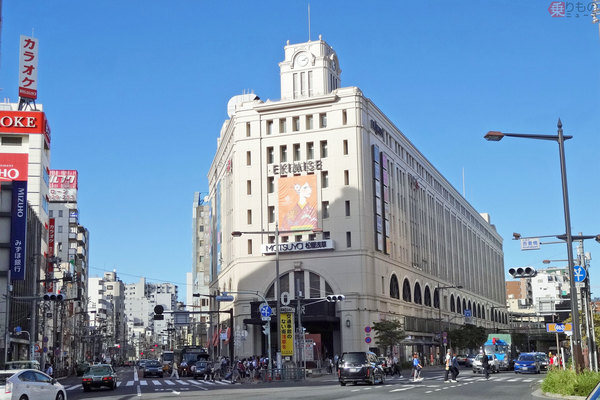
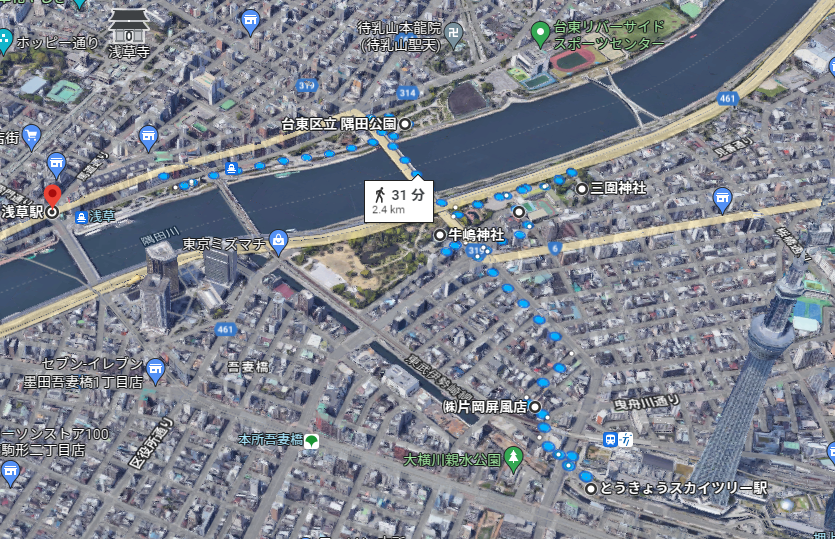
comment